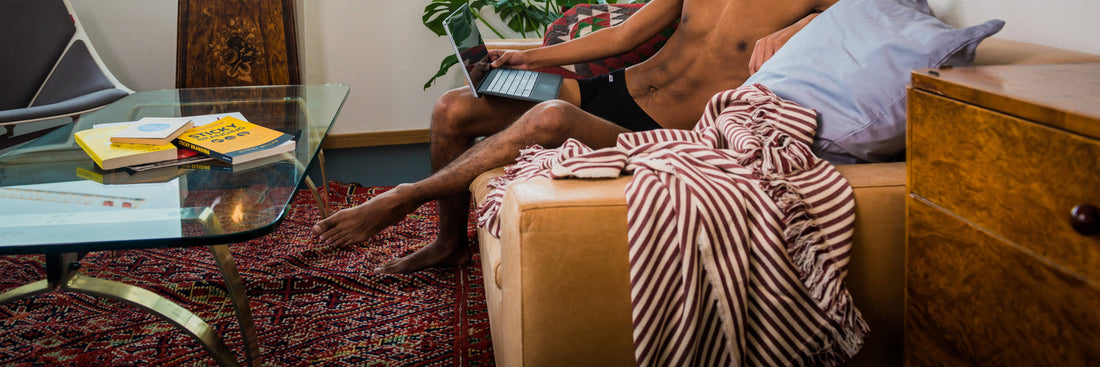
Behind the Seams: Where is Bamboo Underwear from?
Have you found yourself wondering "Where does Bamboo Underwear come from?". Well, if you've ever found yourself wondering that, this article was made just for you.
We're looking at the fascinating journey of Bamboo fabric. From towering bamboo forests to the fashion-forward fabric industry. We dive into the origins of bamboo fabric and the intricate manufacturing process that turns humble stalks into luxurious textiles.
Origin of Bamboo Fabric for Clothing
Bamboo fabric, also known as bamboo rayon or bamboo viscose, is a relatively recent development in the textile industry. Its commercial production began in the early 2000s.
The concept of utilizing bamboo as a fabric emerged as part of the growing demand for sustainable and eco-friendly materials. Bamboo, with its fast growth rate and minimal need for pesticides or fertilizers, presented an attractive alternative to conventional textiles.
The first bamboo fabrics were introduced in China, where bamboo is abundant and deeply rooted in the culture. Chinese textile manufacturers embraced bamboo fibers and developed techniques to create various textiles, including blends of bamboo with other natural fibers like cotton.
Clothing brands and manufacturers recognized its unique properties and sustainable appeal, leading to its addition to various clothing lines. This versatile fabric has some impressive benefits which we explored in-depth in a previous article: Benefits of Bamboo Underwear
The popularity of bamboo fabric quickly spread beyond China, and it gained traction in the global market. In fact, it is expected that the use of Bamboo-based apparel will almost double by 2032. This is because clothing brands and manufacturers recognized its unique properties and sustainable appeal.
Today, bamboo fabric is widely used in the fashion industry. It is used for a variety of bamboo clothing, including t-shirts, underwear, socks, and activewear.
Related Posts:
The Bamboo Fabric Manufacturing Process
The process of creating bamboo viscose fabric involves several steps, from harvesting the bamboo plant to producing the final textile. These steps can be summarised in 5 steps which are briefly outlined below:
Step 1: Harvesting & Extraction of Bamboo Plant
Mature bamboo stalks are selected for harvesting. Bamboo plants typically reach maturity in 3 to 5 years. The stalks are cut close to the ground to allow for regrowth.
The harvested bamboo stalks are chopped into smaller pieces, known as chips or filaments. These chips are then treated with a combination of chemicals to extract the cellulose from the bamboo.
Step 2: Filament Creation & Spinning of Bamboo Fibers
The chemical treatment breaks down the bamboo chips into cellulose. The resulting cellulose is then dissolved in a solution to create a viscous substance known as bamboo pulp or viscose.
The bamboo pulp is forced through spinnerets, which are small holes that resemble showerheads. As the pulp passes through these spinnerets, it solidifies and forms long, continuous fibers. These fibers are then washed and stretched to align them properly.
Step 3: Aging & Spinning Bamboo Fibers into Yarn
The newly formed bamboo fibers go through a process called aging. The bamboo fibers are left to rest for a specific period, typically around 24 hours. This aging process enhances the quality of the fibers, making them stronger and more suitable for textile production.
The aged bamboo fibers are spun into yarns using traditional spinning methods or modern machinery. These yarns can be further processed to achieve desired characteristics such as different thicknesses or blends with other fibers.

Step 4: Weaving or Knitting Bamboo Yarn
The bamboo yarn is woven or knitted into the fabric using conventional textile machinery. The choice of weave or knit pattern can affect the characteristics of the final fabric, such as its drape, stretch, and breathability.
Step 5: Finishing Bamboo Fabric
After the fabric is woven or knitted, it undergoes a finishing process. This typically involves washing, bleaching (if necessary), dyeing, and sometimes mechanical treatments to enhance softness and texture. The finishing process can vary depending on the desired final appearance and properties of the fabric.
It's worth noting that producing bamboo viscose fabric involves using chemicals and energy-intensive processes. While bamboo is a renewable resource, the environmental impact of bamboo viscose production depends on the specific practices and certifications adopted by the manufacturers.
As a consumer, it is your responsibility to ensure you are buying from manufacturers that are committed to sustainability and environmentally-friendly practices every step of the way in the production process.
The TBô Commitment to Sustainability & Eco-Friendly
OEKO-TEX STANDARD 100 designation
When you choose a TBô garment with the OEKO-TEX STANDARD 100 designation, you can be confident that every component of the garment, including the thread and elastic, has undergone thorough testing to ensure it is free from harmful substances.
The testing process goes beyond checking for substances already prohibited or regulated by laws, encompassing a wide range of substances. This certification guarantees that when you purchase TBô products, you are selecting a non-toxic garment that promotes both your well-being and the well-being of the individuals involved in its production.
BSCI Certification
TBô collaborates with partner factories that hold the BSCI Certification, which ensures compliance with international labor standards established by the International Labor Organization and the UN Charter for Human Rights. BSCI conducts regular audits based on 11 criteria, including fair working hours, equitable compensation, occupational health and safety provisions, the right to collective bargaining, legal protections for workers, and the strict prohibition of child labor. By working with BSCI Certified factories, TBô ensures adherence to these vital principles.

In conclusion, bamboo fabric has emerged as a sustainable and eco-friendly alternative in the textile industry. Its production began in the early 2000s and has since gained popularity globally. By choosing bamboo fabric and TBô products, consumers can support sustainable practices, enjoy comfortable clothing, and contribute to a healthier and more ethical fashion industry.
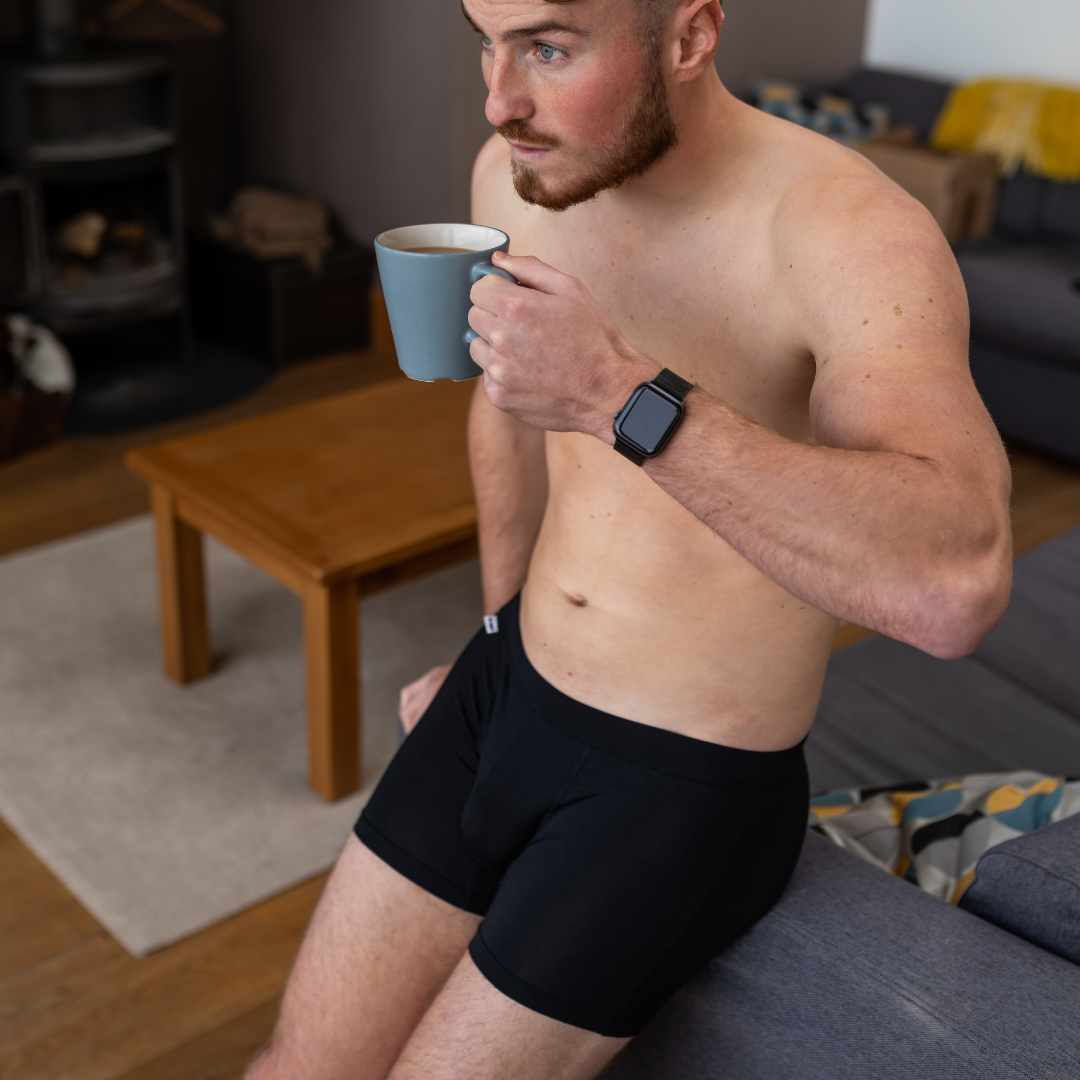




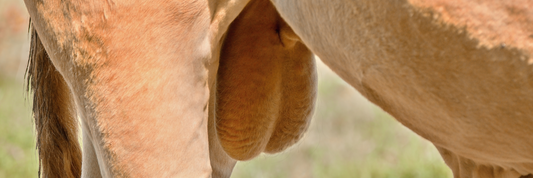
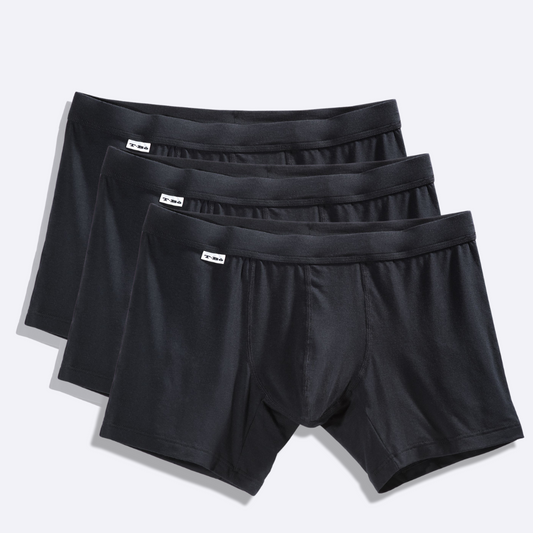

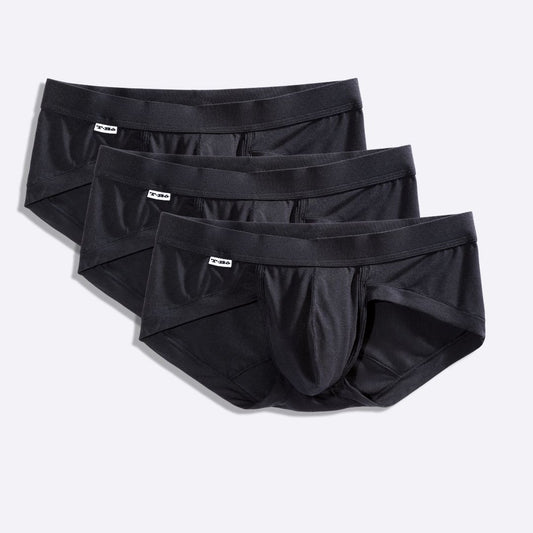
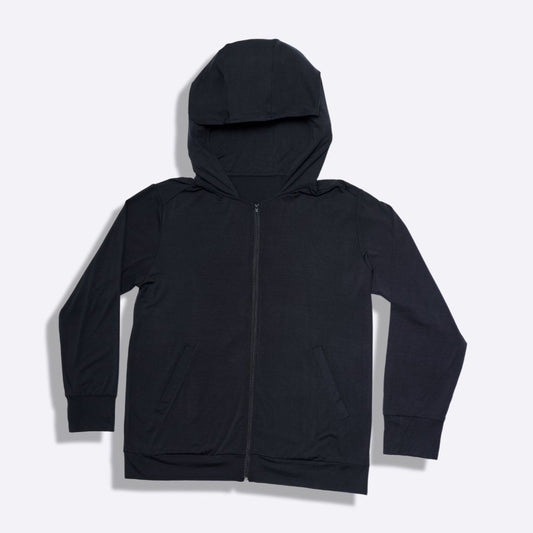
2 comments
I have never experienced such comfort! I can no longer wear any other briefs, happily I have cleaned out all my previous brands and simply my draw is filled with TBO. That Bamboo is so amazingly comfortable. Thanks.
What is the list of chemicals used in the extraction of the bamboo chip cellulose?